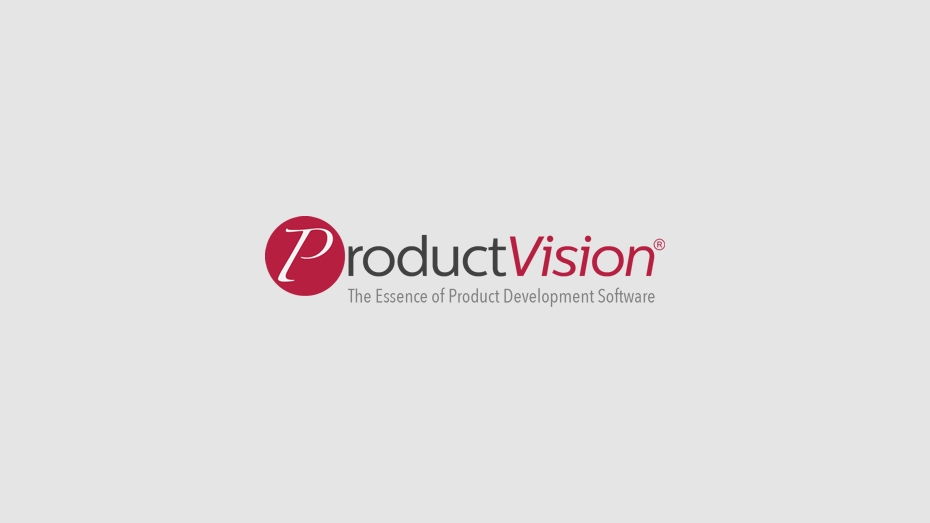
ProductVision® provides the most extensive functionality of any product development system on the market – out of the box. From Formula and Project Management, to Workflow Automation and Regulatory Compliance, the software leverages over three decades of experience at hundreds of process manufacturing companies. This experience has allowed ASD to both understand and anticipate the features customers want. And because the ability to adjust to rapidly changing market and regulatory demands is essential, our focus is on delivering flexibility and extensibility without the need for custom changes.
Open Architecture
The key to ProductVision’s flexibility is its open architecture, which allows the user to add functionality to the base system in many different areas. This flexibility is what enables ProductVision® to be quickly installed at companies in many different industries simply by tailoring the database for the specific industry requirements.
User-Defined Properties and Calculations
A major advantage of the ProductVision® system is the ability to add an unlimited number of input and calculations fields, which are called User-Defined Properties in ProductVision®. These fields may be simple user-entered values, such as an ingredient solids % or a supplier code or they may be a calculated value. In either case, you have complete control of how the property is defined.
User-Defined Reports
The ability to create an unlimited number of new fields would not be very useful if you were not also able to report this information. To allow this, ProductVision® includes a powerful report designer. Not only can you create new reports, you can also copy and modify any of the reports that come with ProductVision® or simply "inherit" from these reports and make the necessary changes. All of the system reports in ProductVision® were created using this tool, giving you the flexibility to control both the content and the presentation.
User-Defined Events and Scripts
One of the most unique features of ProductVision® is the ability for the user to modify the program’s operation, without the need for customization. This is done using ProductVision® Events. Events are snippets of VB.Net code that you (or ASD) write that will be executed when and where you specify in the "usage". ProductVision® has hundreds of places in the code where you can insert an Event to enhance or change the way the program works. The program will perform additional validation when a formula is saved to a "Production" status, to ensure that all raw materials contained in the formula are also "Production" status. This Event ensures that the formulator does not accidentally release a formula to production which may contain experimental raw materials. Events are used by customers to do many things including:
- Performing validation on raw material and formula information when new or changed items are saved
- Providing default values for information fields
- Automatically transferring formulas to an outside ERP system when they are approved for release
- Modifying program screens to add columns, add or remove input fields, remove tabs, etc. - maybe for everyone or only for certain users
- Automatically assigning raw material and/or formula codes when a new item is added
- Performing a call to a function or an outside program
- Automatically launching a Workflow process for a new or changed raw material or formula
- Automatically displaying the user's task list
These are just a few of ways that customers have used Events to enhance ProductVision®. It is also our preferred method of providing new functionality for a customer because it avoids the development, maintenance, and increased cost associated with custom code.
User Jobs and Web Methods
Similar in function to Events, ProductVision® has a built in Jobs Module which is used to create programs ("jobs"). These jobs can be scheduled to run from within ProductVision® or can be published as separate executables which can be scheduled to run outside of ProductVision®, either continuously or periodically.
Jobs are typically used to write integration routines to transfer information between ProductVision® and outside applications, such as ERP systems. They may also be used to “serve” information from ProductVision® to an outside program, such as a web application. For example, it allows the user to build a web application that could query the ProductVision® database and display a document contained within ProductVision®, such as a Formula Master or a Material Safety Data Sheet. This would be done using our Web Methods functionality, which is an extension to the Jobs Module.
We invite you to contact us below to learn more about ProductVision®.

















